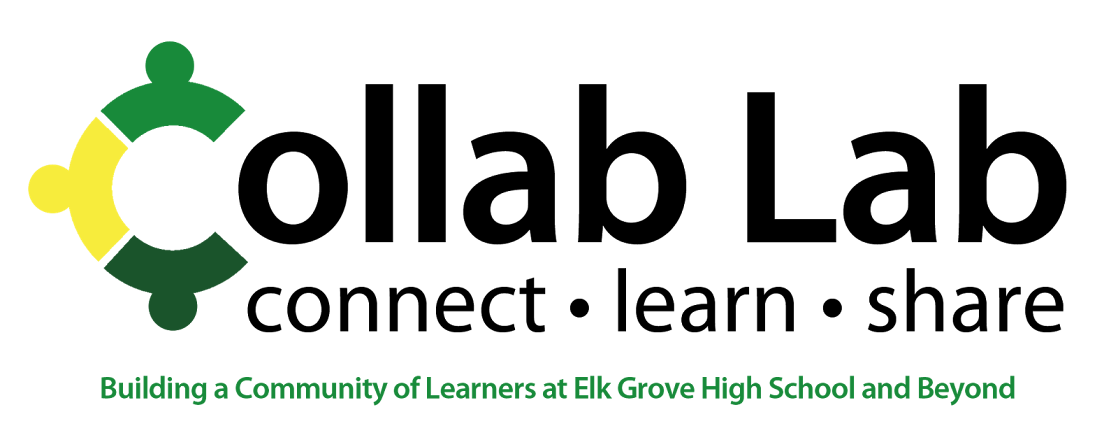By Mark Heintz
Let me preface this blog post by stating that I had one of my most successful years in my AP World History course as measured by pass rate and the number of students who took the exam. Despite that success rate, some things nagged at me. I assigned a lot of work. Most of it was very targeted, I could tell if the students completed it, and it prompted them with feedback to help them move forward in the learning process. However, it was a lot of work, and I don't feel that a student should spend that much time outside of class. So, every time I asked my students how much time they spent on the course, their responses wounded me.

Here is what I wrote about the textbook last spring: The book our district adopted is a challenge. To be fair, I was on the textbook adoption committee and approved the book. But, I digress. First, the book is at a college reading level. Second, the book assumes the students have a great deal of background knowledge. The book is great for students who know a lot of history, but almost all of my students are taking their first world history course. The students spend a lot of time outside of class trying to decode the text book. No matter what pre-reading strategies are done in the classroom, it is still very difficult for my students to comprehend the material.

Last year, my attempt to help students centered around creating materials to help them with understanding the textbook, but I didn't feel good about that. Why was I doing all of this creation and instruction around reading a textbook? I would rather have spent time on primary sources or targeted feedback. This year, I took a hard look at the AP World course guide.
Furthering the issue, this year my students have a lower average on their Plan reading score and Plan composite scores by over one point compared to last year. So, the book is a major challenge and often pushes kids to believe they cannot achieve. First quarter has been a struggle. To say the least, the first two unit exams did not go well at all.
In response to those poor test scores, I broke down each objective for the students. It was very tedious, but incredibly rewarding. I found I taught too many things and neglected others. But, more importantly, I now know what exactly I want the students to know. In a class that is meant to cover the entire history of the world in one year, it is easier when you know what you want your students to know.
It is not easy to decipher what the College Board is looking for. Here is what the College Board provides.
I broke it down by the following:
I then have the students complete objective checks in class from time to time to see if they need more instruction on the topic. Here is what that quiz looks like:
I got the idea from the science department. They have been doing some fantastic work with breaking down what they want their students to know. I give the students the objectives and as we go through the lessons, we fill out the answers. Then they just simply have to repeat. The problem with the course is that there is a lot of information to digest. So, it is a cumulative effect. The best part is, the students have a self-reflection built right into the objective check. Do you know it or do you not know it? The kids then know which objective they need to go back and study for the next check.
I posted earlier about
Schoology checklists and how to leverage them. I created 10-20 questions for each objective. So, the one above really has two objectives, and I created 14 questions for the Byzantine and 12 questions for the Sui, Tang and Song. These quizzes serve as their homework. The quizzes provide instant feedback and a short reading that can redirect them to the correct answer.
I have ditched the textbook as the core homework. I do use it as a resource from time to time in class, and it is always available to students if they want to read it. My students are now reading more primary sources. I still employ pre-reading strategies to have the students access the primary sources. My students are writing more than they ever have before. They are writing their understandings of the content. They are analyzing prompts more frequently. They are doing the work.
The big question is, does it work? I have given three summative unit exams with 50 questions each this year: River Valleys, Classical, and Post-Classical. The average on the River Valley test was 31/50. The average on the Classical test was 32.89. After which I made all of the changes described above. The success...the class average on the Post-Classical test was 40.6. My students are doing less and getting more out of it.
 It’s definitely challenging teaching a Shakespeare text to a class with such diverse needs and demands. The graphic novel (with its fascinating illustrations) helps students visualize the scenes in the story; since there are so many characters and plot twists, the illustrations help them understand the plot and tone. However, don ’t be fooled by the vivid images; the graphic novel follows the original Shakespearean language, which makes the text that much more complex.
It’s definitely challenging teaching a Shakespeare text to a class with such diverse needs and demands. The graphic novel (with its fascinating illustrations) helps students visualize the scenes in the story; since there are so many characters and plot twists, the illustrations help them understand the plot and tone. However, don ’t be fooled by the vivid images; the graphic novel follows the original Shakespearean language, which makes the text that much more complex.




























